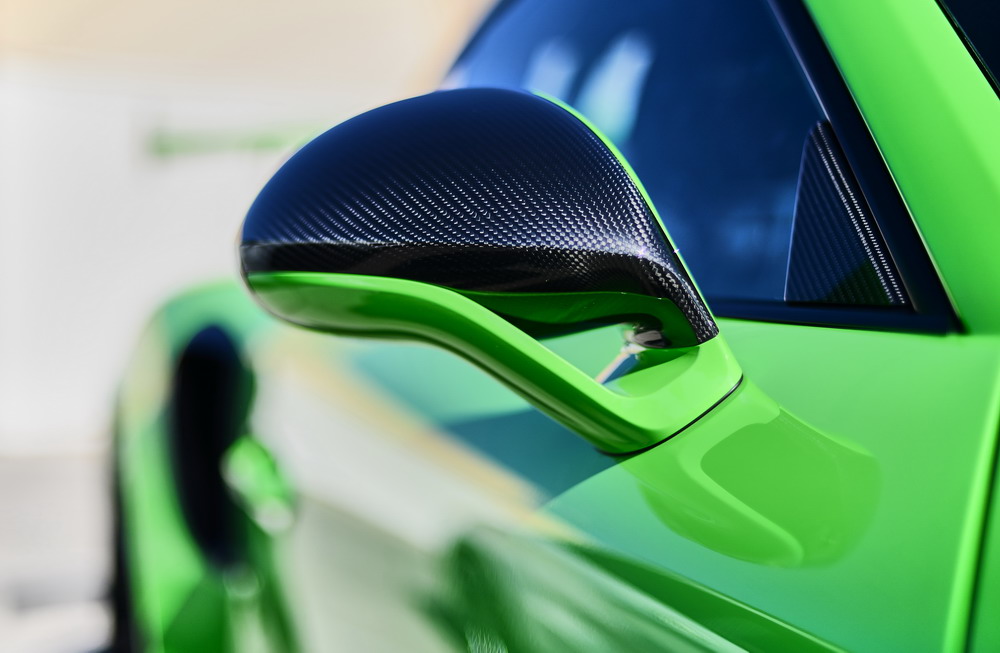Are Carbon Fiber Brakes a Good Choice for Street Cars?

These days, it is getting easier to find carbon fiber parts for street cars. Just about every passenger vehicle can be fitted with carbon fiber wheels, body panels, spoilers, and all sorts of accessories designed to make a car look more sporty. Then there are carbon fiber brakes.
Your average street vehicle is not fitted with carbon fiber brakes for the simple fact that these are far too expensive. But would they work? And more importantly, would they work as well as conventional brakes? Yes and no.
Rock West Composites, a carbon fiber specialist based in Salt Lake City, Utah, says that carbon fiber has some inherent properties that make it a great material for automobile brakes. But it also has some weaknesses. So while carbon fiber brakes are a normal part of drag and road racing, it will probably be some time before they make it to street machines.
Mandatory on Some Circuits
Demonstrating just how well carbon fiber brakes work is the fact that some professional racing circuits mandate them. Carbon brake mandates are most common on drag racing circuits, where carbon’s best properties are exhibited.
Dragzine’s Andrew Wolf wrote in a 2013 piece that most of the carbon fiber brake systems in professional racing are carbon on carbon. That means brake systems utilize both carbon fiber rotors and brake pads. There are two inherent properties of carbon that make this arrangement ideal for racing’s high-performance needs.
Reaction to High Temperatures
Carbon fiber reinforced polymers (CFRPs) are well-known for their heat tolerance and low thermal expansion. In the simplest possible terms, carbon fiber reacts quite well to high temperatures. In fact, it reacts in such a way as to make it an ideal material for racing brakes.
For example, carbon fiber remains stable even at extremely high temperatures. So much so that high heat actually improves performance. It is just the opposite with steel. When steel brakes get hot, they start to glow. If things get hot enough, the metal can actually begin melting. This is why drag racers fear fading brakes.
Carbon fiber brake pads and rotors actually work better the hotter they get. Wolf says that they work best at about 1,000°F. They will not warp and, because carbon fiber has no melting point, fading really isn’t an issue. The only real concern is something known as sublimation. But it doesn’t occur with carbon fiber until it reaches some 6,500°.
Carbon Fiber Wears Differently
Racing teams also appreciate carbon fiber brakes because the material wears differently. Steel brake pads and rotors wear out based on kinetic energy. The longer you apply the brakes, the more likely the parts will wear out. That is why experts tell us not to slam on our brakes. We are better off breaking gently and then giving the rotors and pads time to cool down.
Once again, carbon fiber is just the opposite. The material doesn’t wear out based on kinetic energy applied but, rather, the number of times the brakes are applied. It is better to brake extremely hard with carbon fiber brakes than more gently. The brakes will last longer with fewer hard applications compared to more gentle applications.
That explains why carbon fiber brakes are not the best choice for street vehicles. We do not apply our brakes strong and hard on the street. Doing so would be dangerous. Slower, more gradual breaking would cause carbon fiber to wear out too quickly, thus making them more expensive than need be.
So yes, carbon fiber is an excellent material for brakes. It is not the best choice for street cars though.







